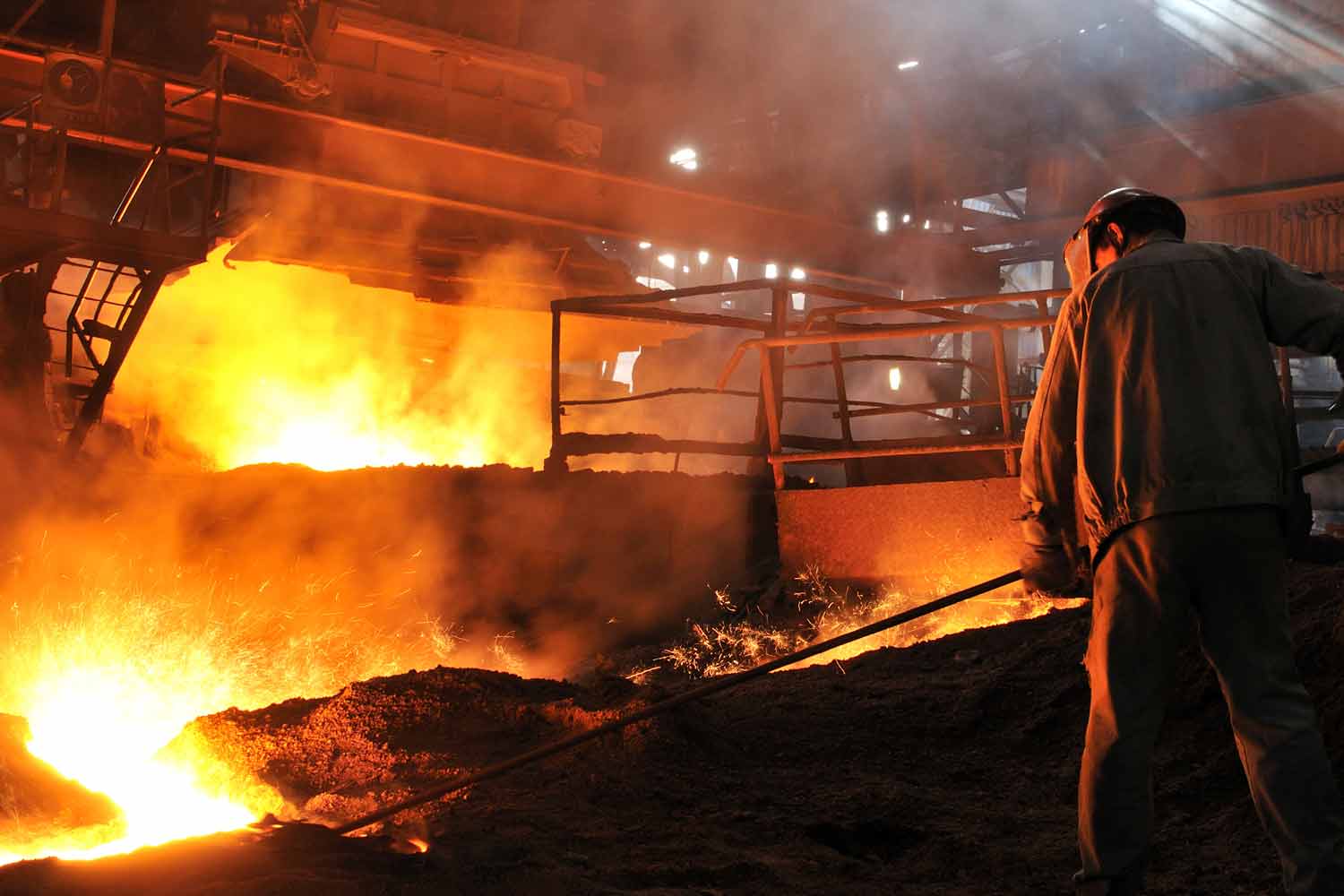Metals Processing
Accurately gauge metallurgical cooling requirements
Optimize mathematical models with real temperature data
Ensure proper bonding/curing temperatures and improved product quality
Improve throughput yield and profits
Detect hotspots, avoid costly machinery damage and unscheduled downtime
How to set up a faceplate in Datapaq Furnace Tracker Sealed Quench System
Industrial Value for Fixed Thermal Imaging is Growing
9 Examples of how the ThermoView Imager keeps Production flowing
Slab Monitoring
Hot Stamped Parts
Pages
Chat with ourFluke assistant
Welcome to Fluke's Chat GPT Assistant. As with other generative AI systems, this chatbot may occasionally generate incorrect information. For questions regarding the safe use of Fluke tools, please refer to your owners manual. You must comply with your employer’s safety standards and obtain necessary training before using Fluke tools or taking electrical measurements. To speak with a person, visit our Contact Us Page.
How can I help you today?
How can I help you today?

